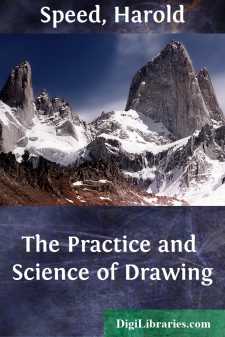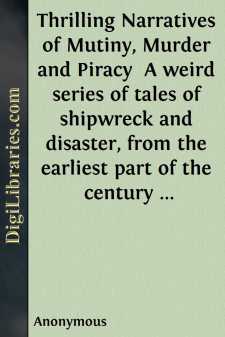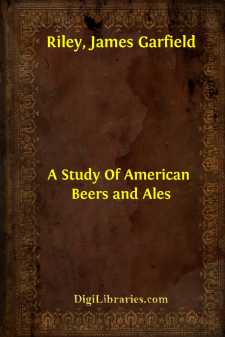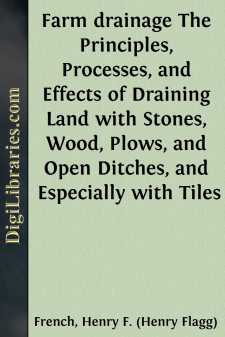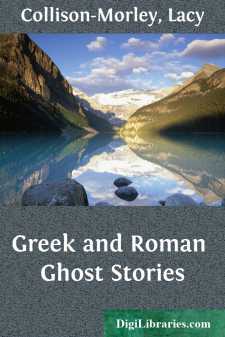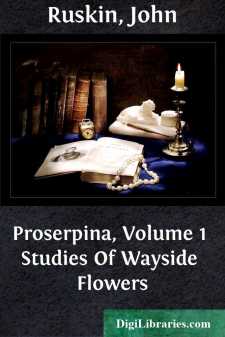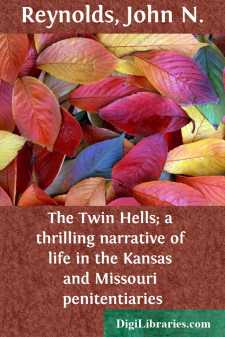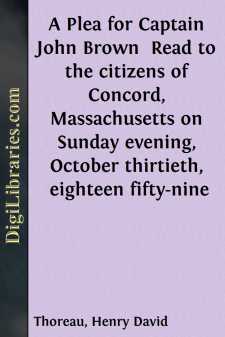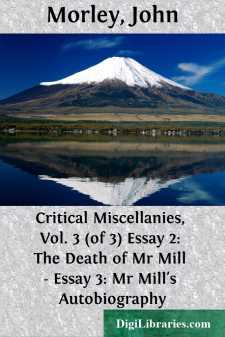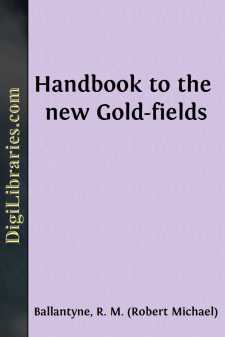Non-Classifiable
- Non-Classifiable 1768
Non-Classifiable Books
Sort by:
by:
Harold Speed
IINTRODUCTION The best things in an artist's work are so much a matter of intuition, that there is much to be said for the point of view that would altogether discourage intellectual inquiry into artistic phenomena on the part of the artist. Intuitions are shy things and apt to disappear if looked into too closely. And there is undoubtedly a danger that too much knowledge and training may supplant...
more...
by:
Anonymous
ADVENTURES OF CAPTAIN WOODWARD AND FIVE SEAMEN IN THE ISLAND OF CELEBES. In the year 1791, Woodward sailed from Boston in the ship Robert Morris, Captain Hay, for the East Indies. On his arrival there he was employed in making country voyages until the 20th of January, when he sailed as chief-mate in an American ship from Batavia bound to Manilla. In passing through the straits of Macassar, they found...
more...
INTRODUCTION. The investigation, the results of which are reported in this bulletin, was undertaken for the purpose of securing information in regard to the composition of brewery products made in this country. The main object of this investigation was to find, if possible, a means of distinguishing beers and ales made entirely from malt from those made from malt together with other cereal products,...
more...
CHAPTER I.INTRODUCTORY. Why this Treatise does not contain all Knowledge.—Attention of Scientific Men attracted to Drainage.—Lieutenant Maury's Suggestions.—Ralph Waldo Emerson's Views.—Opinions of J. H. Klippart, Esq.; of Professor Mapes; B. P. Johnston, Esq.; Governor Wright, Mr. Custis, &c.—Prejudice against what is English.—Acknowledgements to our Friends at Home and...
more...
I THE POWER OF THE DEAD TO RETURN TO EARTH Though there is no period at which the ancients do not seem to have believed in a future life, continual confusion prevails when they come to picture the existence led by man in the other world, as we see from the sixth book of the Æneid. Combined with the elaborate mythology of Greece, we are confronted with the primitive belief of Italy, and doubtless of...
more...
by:
John Ruskin
INTRODUCTION. Brantwood, 14th March, 1874. Yesterday evening I was looking over the first book in which I studied Botany,—Curtis's Magazine, published in 1795 at No. 3, St. George's Crescent, Blackfriars Road, and sold by the principal booksellers in Great Britain and Ireland. Its plates are excellent, so that I am always glad to find in it the picture of a flower I know. And I came...
more...
by:
John N. Reynolds
CHAPTER I. MY INITIATION AND CRIME Guilty! This word, so replete with sadness and sorrow, fell on my ear on that blackest of all black Fridays, October 14, 1887. Penitentiary lightning struck me in the city of Leavenworth, Kansas. I was tried in the United States District Court; hence, a United States prisoner. The offense for which I was tried and convicted was that of using the mails for fraudulent...
more...
I trust that you will pardon me for being here. I do not wish to force my thoughts upon you, but I feel forced myself. Little as I know of Captain Brown, I would fain do my part to correct the tone and the statements of the newspapers, and of my countrymen generally, respecting his character and actions. It costs us nothing to be just. We can at least express our sympathy with, and admiration of, him...
more...
by:
John Morley
THE DEATH OF MR. MILL. (May 1873.) The tragic commonplaces of the grave sound a fuller note as we mourn for one of the greater among the servants of humanity. A strong and pure light is gone out, the radiance of a clear vision and a beneficent purpose. One of those high and most worthy spirits who arise from time to time to stir their generation with new mental impulses in the deeper things, has...
more...
Handbook to the New El-Dorado. The problem of colonisation in the north-western portion of British America is fast working itself out. The same destiny which pushed forward Anglo-Saxon energy and intelligence into the rich plains of Mexico, and which has peopled Australia, is now turning the current of emigration to another of the “waste-places of the earth.” The discovery of extensive goldfields...
more...


